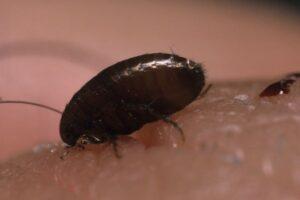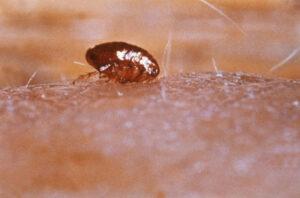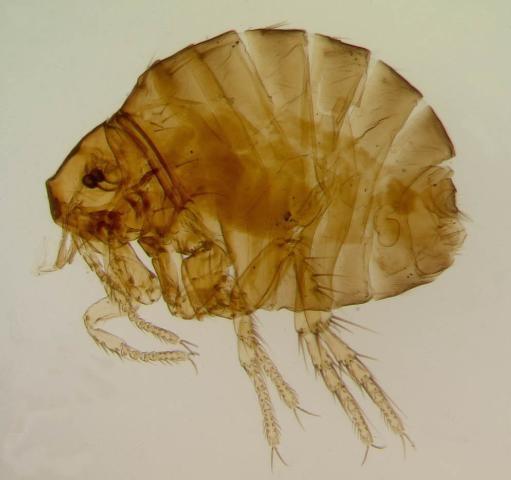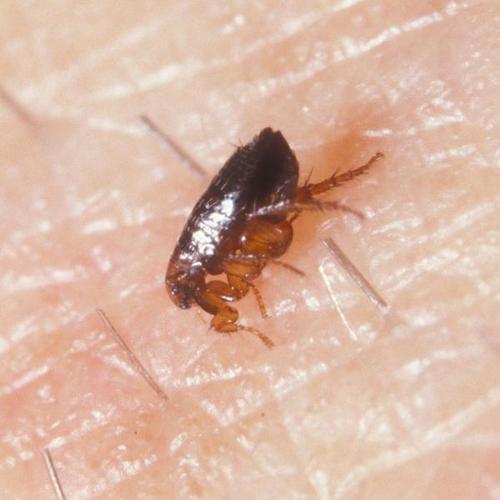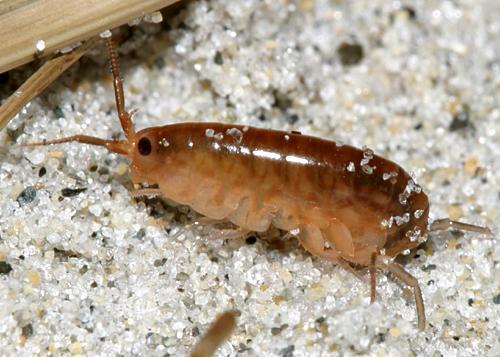Rat Flea (Xenopsylla cheopis)
Updated on
17/11/2022The rat flea, tropical rat flea, or Oriental rat flea is a parasite of rodents and the main vector of bubonic plague and murine typhus. The disease spreads when the flea feeds on an infected rodent and then bites a human. Any warm-blooded animal can be its host. The species’ name is derived from the Cheops pyramids.
Scientific Classification
- Class:Insecta
- Order:Siphonaptera
- Family:Pulicidae
- Genus:Xenopsylla
- Species:X. cheopis
Conservation Status
Description
The rat flea is one-tenth of an inch long (around 2.5 mm). The construction of its body is such that it can jump long distances. Its small strong legs allow it to jump up to 200 times its length (20 inches). Its head and thorax have rows of bristles called combs, and the abdomen is divided into eight visible segments.
Distribution: All over the world, including the United States.
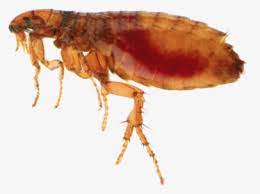
Habitat: The fleas prefer dry climates with temperatures of 20-25°C (68-77°F).
Do They Bite/Sting: Yes.
Lifespan: Up to 1 year.
Predators: Fire ants, nematodes, frogs, spiders, toads, snakes, and lizards.
Behavior and Characteristics
Diet
The larvae eat flea droppings, dead skin cells, and other smaller parasites they find near them in the dust. The adults smell the carbon dioxide exhaled by humans and other animals and jump rapidly to feed on their host. Its mouth has two functions – one is squirting saliva or partially digested food into its bite, and the other is sucking up the host’s blood. This is how the flea transmits pathogens that cause dangerous diseases. Diseases can also be spread across generations through eggs.
Bite
The bite of this flea looks like a mosquito bite and is often a red bump with a halo. It causes extreme itchiness though the severity of a reaction depends on the sensitivity of the victim and whether he is allergic or not.
Life Cycle
1. Egg Stage
Microscopic white eggs are laid on the host from where they easily fall into crevices on the ground. They hatch in 1-10 days. It can take longer, depending on the environment.
2. Larva Stage
The larva resembles a worm in its appearance, with only a tiny body and mouth part. It is about 2 mm long. On maturity, it prepares a silken cocoon around itself and pupates.
2. Pupa Stage
The pupal stage lasts for 1 week to 6 months, undergoing metamorphosis.
3. Adult Stage
The adults emerge from the pupa in the final stage of its life cycle. It can now suck blood from its host and reproduce but cannot fly as it doesn’t have wings. A single female can mate once and lay up to 50 eggs daily.
Getting Rid of Rat Fleas
A combination of host and vector reduction can help in its control. Host reduction programs involve trapping and poisoning rats and other small pest mammals, applying insecticides to their burrows or runways, etc.
Comparison with Similar Species
Cat and Dog Fleas
Cat and dog fleas have genal and pronotal combs that are missing in the Oriental rat flea.
FAQs
Yes, they can have dogs as their hosts if their usual rodent hosts are not around.
Source
mediastorehouse.com, res.publicdomainfiles.com, encrypted-tbn0.gstatic.com




